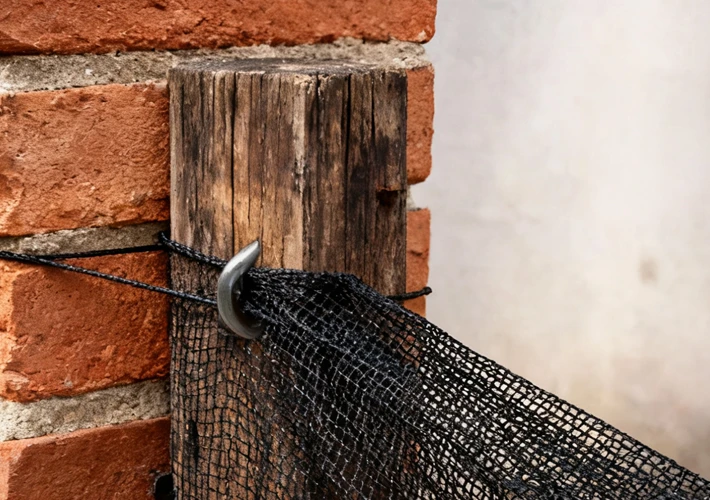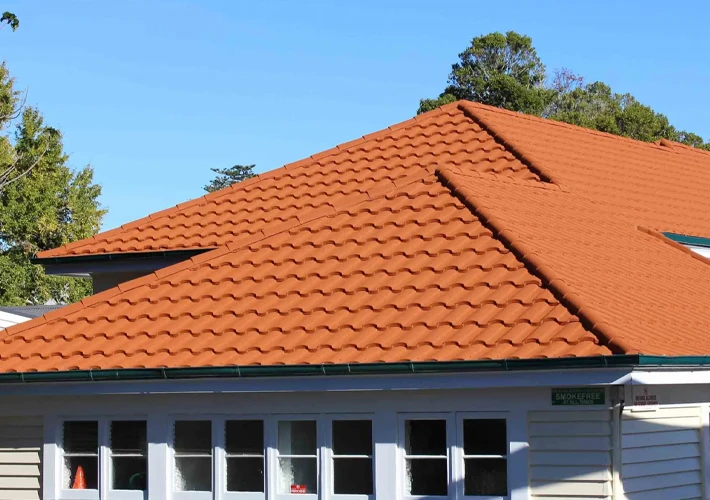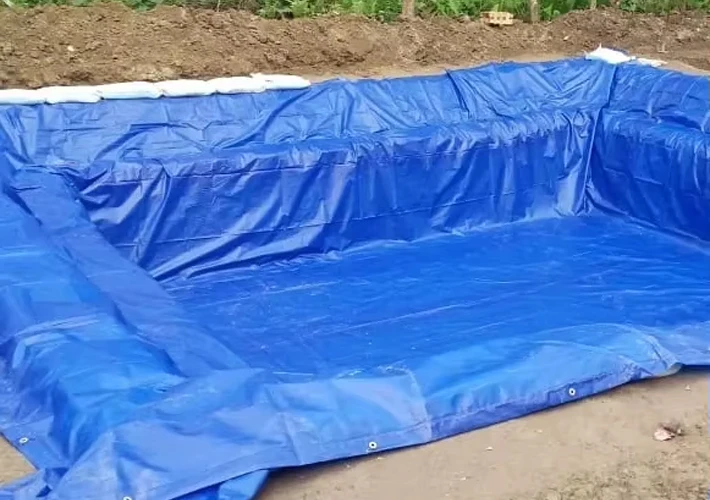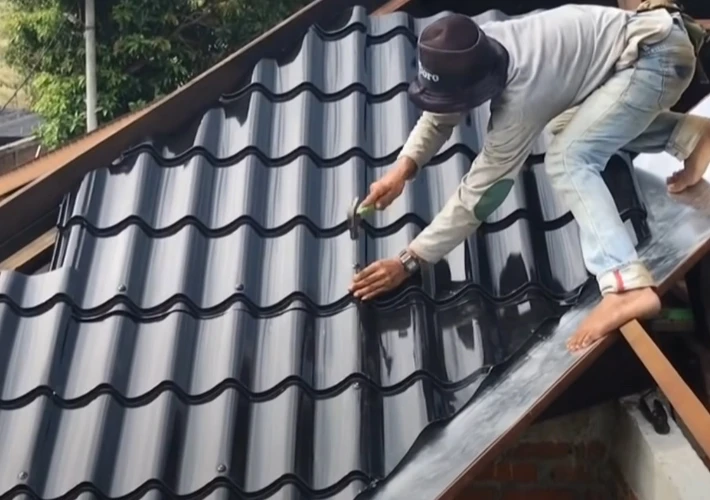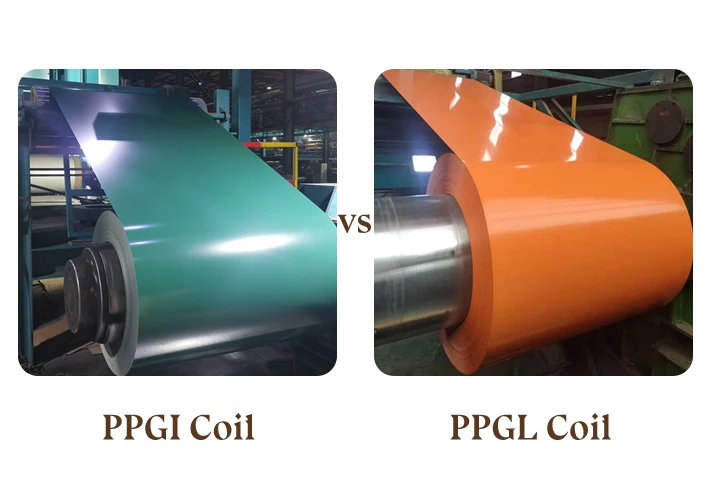Tarpaulins, often referred to as tarps, are indispensable in industries ranging from construction and agriculture to logistics and disaster relief. As a versatile protective covering, tarpaulins come in various materials, colors, and—most importantly—sizes. Understanding the most common sizes of tarpaulins is crucial for both buyers and end-users to ensure suitability for specific applications. This article explores the typical dimensions available in the global market, analyzes their usage across different sectors, and provides guidance on choosing the right size based on specific needs.
Overview of Tarpaulin Sizes
Tarpaulins are manufactured in an array of standard sizes. These sizes are often stated in feet (ft) or meters (m), and the measurement includes the finished size with hems and eyelets. Common sizes vary slightly depending on region and application but generally fall within several standardized formats.
Standard Sizes in Feet and Meters
| Feet (ft) | Meters (m) |
|---|---|
| 6 x 8 ft | 1.8 x 2.4 m |
| 8 x 10 ft | 2.4 x 3.0 m |
| 10 x 12 ft | 3.0 x 3.6 m |
| 12 x 16 ft | 3.6 x 4.8 m |
| 16 x 20 ft | 4.8 x 6.0 m |
| 20 x 30 ft | 6.0 x 9.1 m |
| 30 x 40 ft | 9.1 x 12.2 m |
| 40 x 60 ft | 12.2 x 18.3 m |
| 50 x 80 ft | 15.2 x 24.3 m |
| Custom sizes | Available |
These standard sizes are often readily available in hardware stores, supply chains, and online marketplaces. However, custom sizes are also in high demand for industrial and commercial projects.
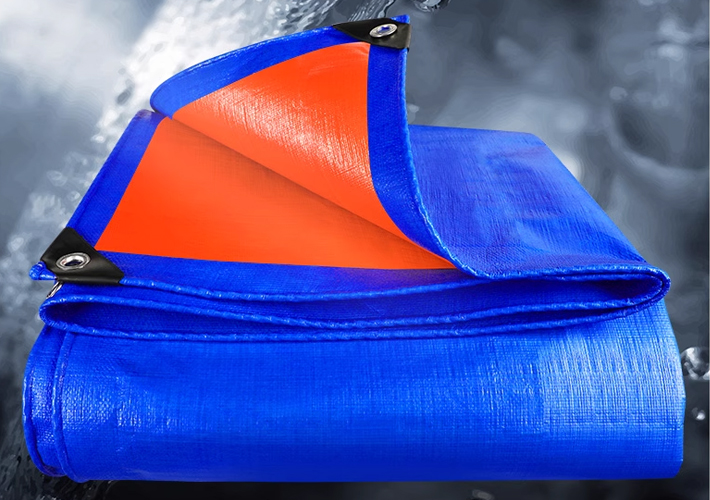
Applications of Different Tarpaulin Sizes
The size of the tarp determines its ideal use. Below is a breakdown of the most common sizes and their typical applications.
6 x 8 ft / 1.8 x 2.4 m
- Use: Covers for small equipment, firewood stacks, motorcycles.
- Industry: Home use, camping, gardening.
8 x 10 ft / 2.4 x 3.0 m
- Use: Temporary ground cover, small canopy shelter, protection for garden tools.
- Industry: DIY projects, home renovation.
10 x 12 ft / 3.0 x 3.6 m
- Use: Tent flooring, truck bed covers, backyard events.
- Industry: Logistics, automotive, event planning.
12 x 16 ft / 3.6 x 4.8 m
- Use: Covering construction materials, mid-sized machinery, small cargo trucks.
- Industry: Construction, transport, agriculture.
16 x 20 ft / 4.8 x 6.0 m
- Use: Roofing cover, temporary shelter, large equipment.
- Industry: Emergency services, warehousing, logistics.
20 x 30 ft / 6.0 x 9.1 m
- Use: Covering boats, trailers, large building structures.
- Industry: Marine, infrastructure repair, industrial storage.
30 x 40 ft / 9.1 x 12.2 m
- Use: Large ground cover, warehouse partitioning, farm machinery.
- Industry: Agriculture, manufacturing, construction.
40 x 60 ft / 12.2 x 18.3 m
- Use: Event tents, field shade, large-scale industrial storage.
- Industry: Event planning, defense, emergency logistics.
50 x 80 ft / 15.2 x 24.3 m
- Use: Stadium roofing, disaster relief camps, oilfield coverings.
- Industry: Disaster response, oil & gas, military.
Materials and Their Impact on Size Choice
The choice of tarpaulin size is often related to the material type and its associated properties:
Polyethylene (PE) Tarpaulin
- Lightweight & economical
- Common for smaller to mid-sized tarps
- Often used for general covering purposes
Polyvinyl Chloride (PVC) Tarpaulin
- Heavy-duty, waterproof, and UV resistant
- Suitable for large-size applications (over 20 ft)
- Widely used in transport, industrial, and marine industries
Canvas Tarpaulin
- Breathable but not 100% waterproof
- Ideal for smaller sizes where ventilation is needed
- Popular in construction and painting jobs
Mesh Tarpaulin
- Wind and light permeability
- Used for shading, scaffolding, and fencing
- Typically ranges from 6 x 8 ft to 30 x 30 ft
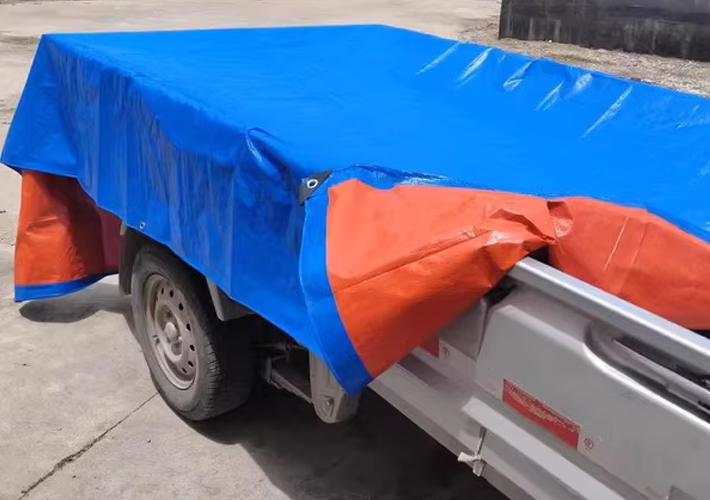
Regional Preferences and Size Demands
Different regions exhibit specific preferences due to climate, industries, and regulations.
North America
- Popular sizes: 8×10 ft, 10×12 ft, 20×30 ft
- Heavy demand in construction, agriculture, and retail sectors
Europe
- Preferred sizing: Metric (meters)
- Common sizes: 3×5 m, 4×6 m, 6×10 m
- Custom-sized flame-retardant tarps are frequently required
Middle East & Africa
- Larger sizes favored: 30×40 ft and above
- Often used for sunshade, refugee camps, and sandstorm protection
Southeast Asia
- Smaller to medium sizes dominate: 6×8 ft to 20×20 ft
- Used widely in tropical agriculture and flood protection
Australia & New Zealand
- Weatherproofing applications dominate
- Sizes like 12×16 ft and 20×30 ft are common for rural shelters and camping
Tips for Choosing the Right Tarpaulin Size
To select the most suitable size, consider the following:
Purpose of Use
- Is it for permanent or temporary cover?
- Will it be stationary or mobile?
Surface Area
- Always choose a tarp slightly larger than the object or space to be covered.
- Account for height and vertical draping.
Grommet Placement
- Sizes that offer grommets every 1 meter or 3 feet are easier to secure.
Environmental Conditions
- Strong winds or heavy rain may require larger tarps with reinforced edges.
Storage and Transportation
- Larger tarps are heavier and require proper storage and handling solutions.
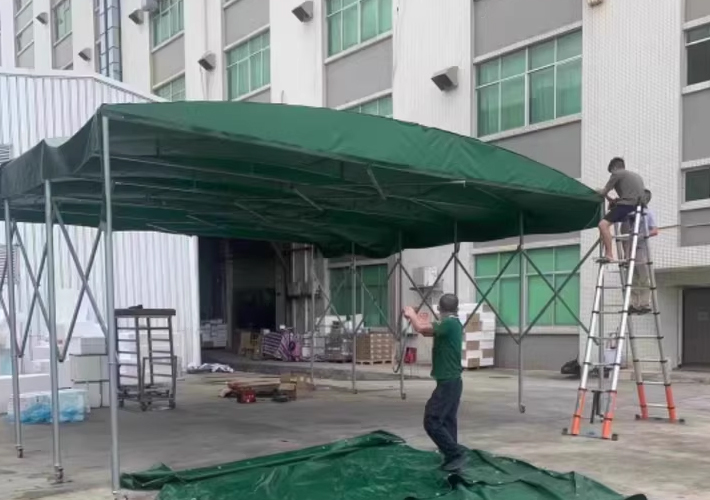
Customization Options for Tarpaulin Sizes
For industrial buyers or wholesale distributors, customization is often essential:
- Custom dimensions: Tailored for machinery, roofing, or specific containers
- Logo printing: For branding and promotional use
- Color selection: According to usage visibility and aesthetics
- Edge reinforcement: Additional webbing for high-tension applications
Many Chinese manufacturers, for example, offer size customization down to the centimeter, enabling precise fit for OEM and export orders.
Packaging and Shipping Considerations
Tarpaulin size impacts packaging in the following ways:
- Smaller sizes (6×8 ft to 10×12 ft): Folded into compact packages, ideal for retail.
- Medium sizes (12×16 ft to 20×30 ft): Often bundled with straps, packed into cartons or bales.
- Large sizes (30×40 ft and above): Usually rolled and palletized; container optimization is critical for export.
Understanding the packaging standards helps importers calculate freight costs more accurately.
Market Trends in Tarpaulin Sizes
- Rising demand for large-size PVC tarpaulins in climate resilience and disaster preparedness.
- Growth in compact-size multi-purpose tarps for consumer camping and vehicle use.
- Increasing custom orders for industry-specific shapes like conical tarps, truck side curtains, and pond liners.
As global infrastructure projects expand and climate-related emergencies increase, the demand for high-performance, large-size tarpaulins is projected to grow steadily.
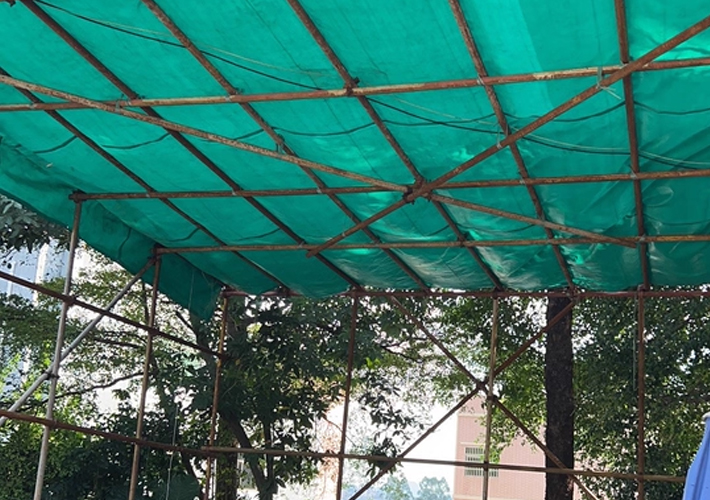
Conclusion
The size of a tarpaulin determines its performance, usability, and value in different scenarios. From compact home-use tarps to industrial-grade mega covers, understanding the common dimensions and their corresponding applications is vital for efficient selection and procurement. For businesses and importers, offering a comprehensive range of standard and customizable tarpaulin sizes will enhance competitiveness and meet diverse client needs across regions.
Whether you’re covering a backyard grill, protecting machinery, or building emergency shelters, choosing the right size tarpaulin is a matter of practical importance. By understanding these dimensions and how they align with various industries and climates, you can make informed decisions that ensure protection, durability, and cost-efficiency.

